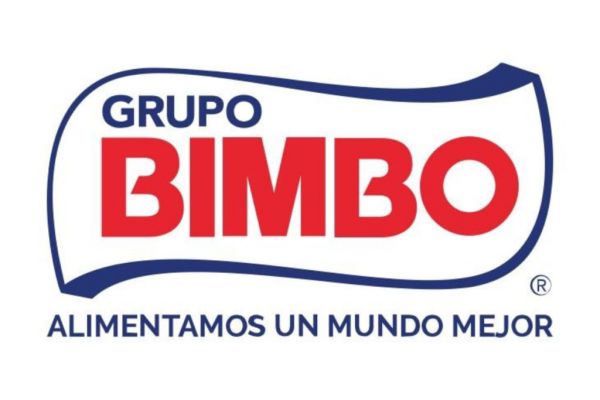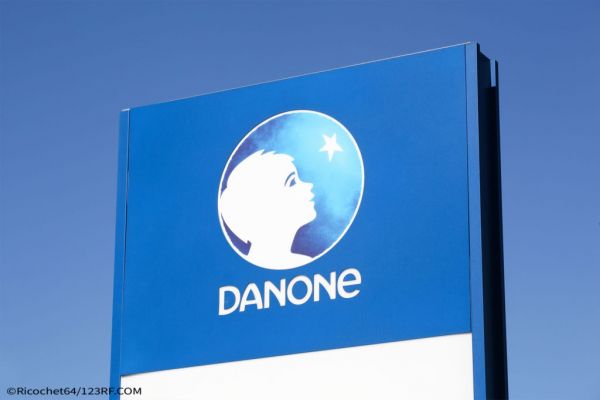Food giant Nestlé plans to combine its scientific research operations into a single unit in an attempt to speed up development of new products at a time when competition from smaller rivals is intensifying.
The world's biggest packaged food maker, with brands including Nescafe coffee and Perrier water, has been struggling with slowing sales growth for years. Now it is also under pressure from activist shareholder Daniel Loeb to increase investor returns.
To better compete, the Swiss company told Reuters it would merge its Nestlé Research Centre and Nestlé Institute of Health Sciences (NIHS) into one organisation called Nestlé Research.
The new entity, to be announced later on Thursday, will continue to be based in Lausanne, Switzerland and will employ around 800 people.
No Job Cuts
The reorganisation, effective July 1, will not involve job cuts or the closure of facilities, a spokesman said.
By linking the "blue-sky" research done at NIHS with the more commercially focused Research Centre, it hopes to accelerate the translation of scientific discoveries into marketable products.
It also hopes this will help it compete with smaller, nimbler rivals who have been eating away at the market share of Nestlé and other big firms like Danone, Unilever, Kraft Heinz and Kellogg.
Nestlé Chief Technology Officer Stefan Palzer acknowledged earlier this month that his company had to keep pace with rising demand for goods that are organic, gluten-free or vegan.
"Big trends are embraced by smaller companies a bit more actively than the big companies," Palzer told Reuters before Nestlé's streamlining plans had been finalised.
"We are adjusting our portfolio, doing many innovations and renovations to make the portfolio more relevant and to address those trends, but smaller companies are more agile."
In the United States - the world's biggest packaged food market - small challenger brands could account for 15 percent of a $464 billion sector in a decade's time, up from about 5 percent last year, Bernstein Research predicted last year.
Speeding Things Up
The combination of research units is the latest move by Palzer aimed at speeding up development and ensuring research efforts are commercially viable.
Palzer, who took over Nestlé's innovation and research and development operations in January, is also supplementing long-term research projects with incremental product launches made faster by experimenting with new ideas more quickly.
Last month, for example, Palzer and colleagues got the idea for a vegetarian or vegan food product while on a business trip.
"Thursday we had an idea, Friday we returned to Switzerland and Monday evening I was able to taste the first prototype," Palzer said. "Wednesday, this prototype was shown to the executive board, and Friday it was in the global pipeline."
He declined to give more details of the product, except to say it is currently being assessed by the operations team to see how long it will take to produce and on what machinery.
Other steps include efforts to apply specific developments to more products, such as Nestlé's recent designer sugar crystals launched in low-sugar Milkybars in March, which will go into other products in the future.
The importance of agility was underlined by Nestlé's recent struggle to capitalize on resurgent demand for frozen foods.
The company says it reformulates one third of its product portfolio every year.
Lack Of Ideas
Nestlé spent 1.72 billion Swiss francs ($1.73 billion) on R&D last year, down slightly from 2016 but up 22 percent from 2012. The company's sales fell 2.6 percent over the same period.
As a percentage of sales, its expenditure has fluctuated only a little, but demands on the unit have increased.
Wells Fargo analyst John Baumgartner said that across 10 large publicly traded U.S. food companies, median expenses for R&D and advertising have declined 20 percent over the past five years.
"As voids of ideas and marketing have emerged, start-ups have been more responsive to consumer needs, won the culture and created the emotional connections that drive sales," he said in a recent note.
Palzer said some industry peers had been outsourcing innovation to cut costs, relying on acquisitions of small brands or partnerships with suppliers.
But he said it was critical for Nestlé to maintain scientific expertise in-house to keep its own portfolio fresh and to be an attractive partner for collaboration with others. Nestlé does R&D around the world, involving around 5,000 people.
Fundamental scientific research will remain key at Nestlé, Palzer said, but he also highlighted the value of external partnerships and acquisitions that can bring in new research or capabilities more easily.
Scientific research and innovation itself is not necessarily the reason why big breakthroughs tend to be rare for multinational companies, said Shaun Browne, investment banker at Houlihan Lokey, who advises food companies on deals.
"They often don't have the patience or passion that is really required," Browne said. "Often these things are one individual who is just totally determined and passionate about their product and sees it through."
News by Reuters, edited by ESM. Click subscribe to sign up to ESM: European Supermarket Magazine.














